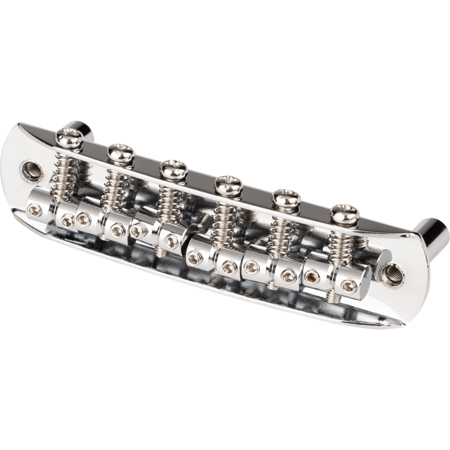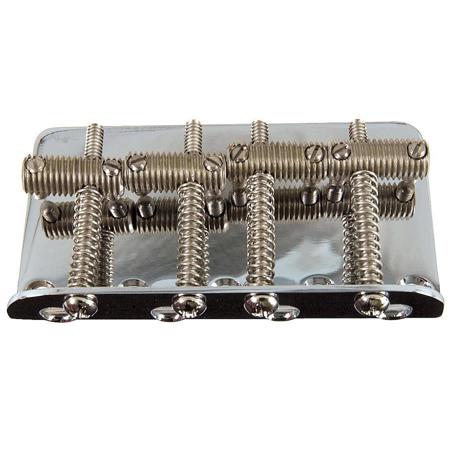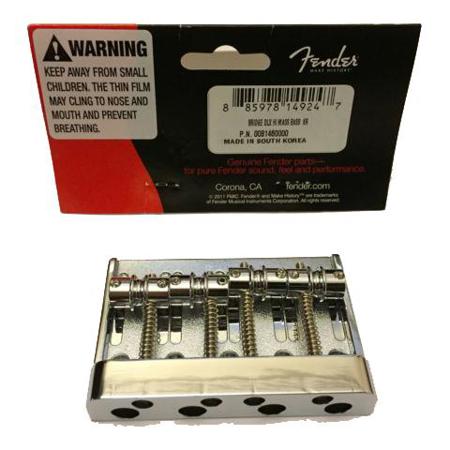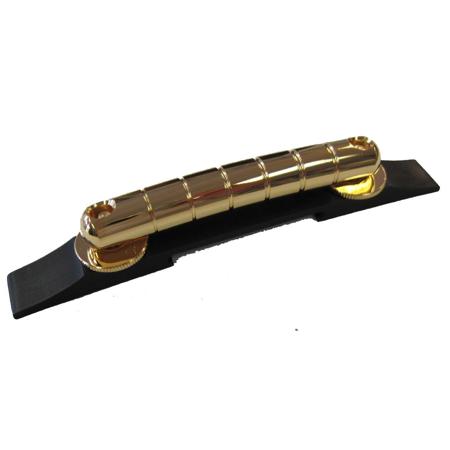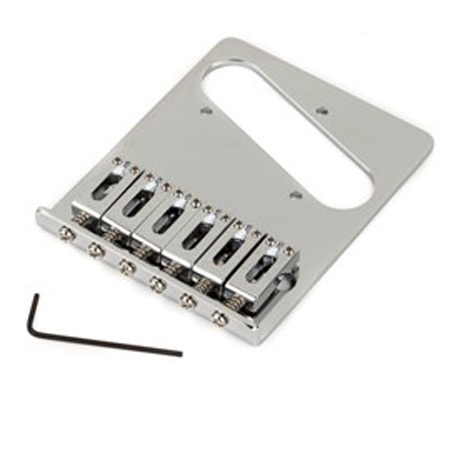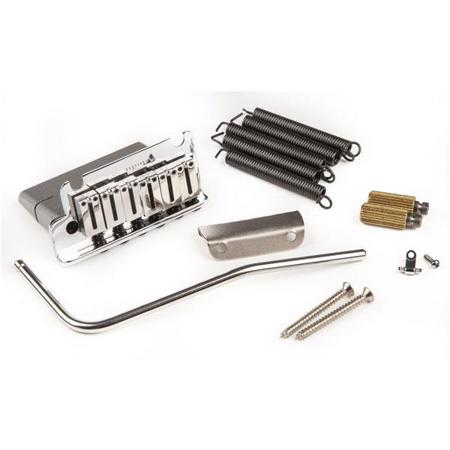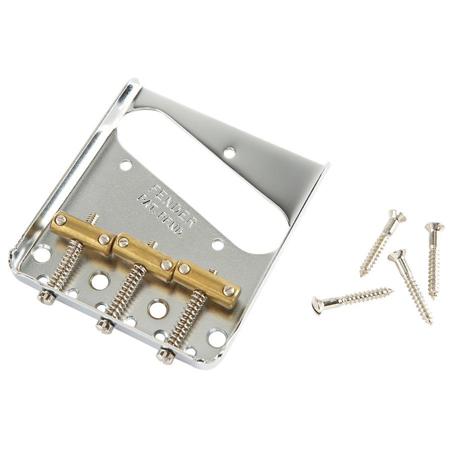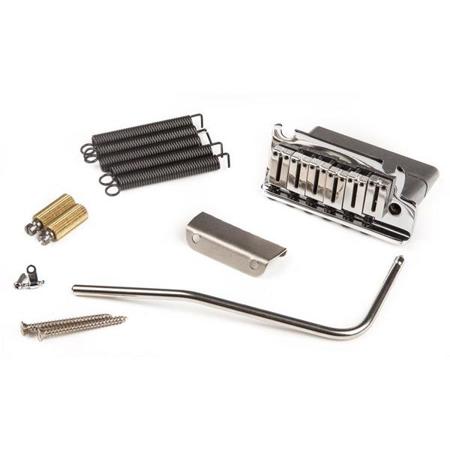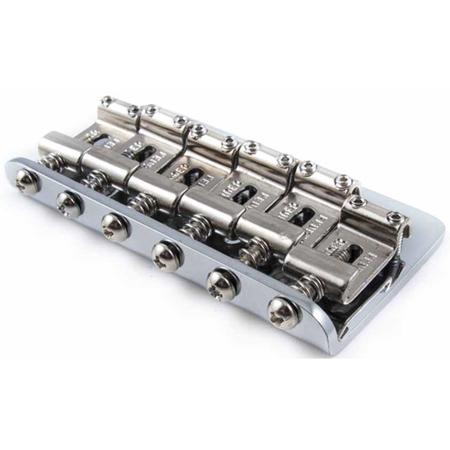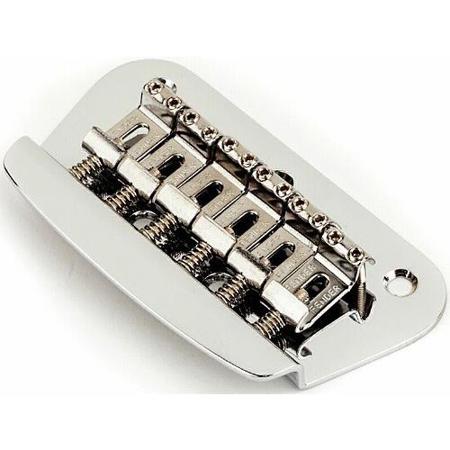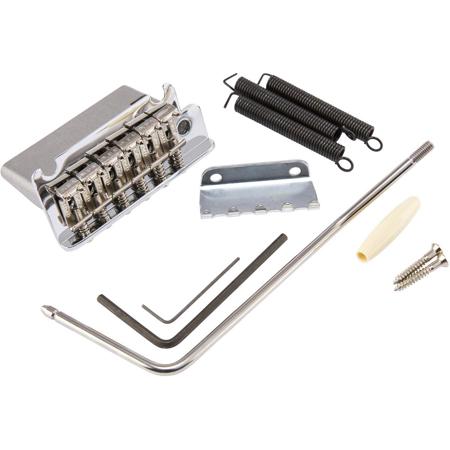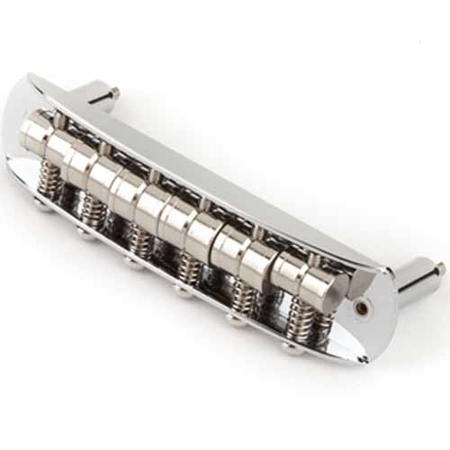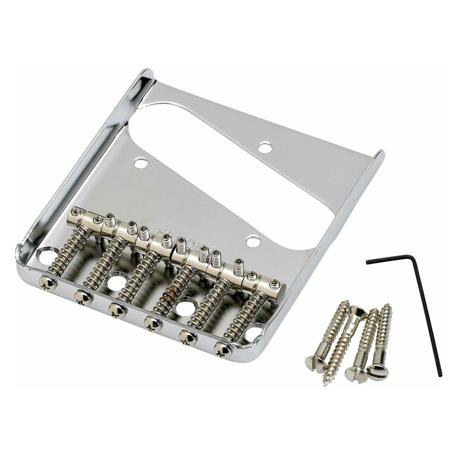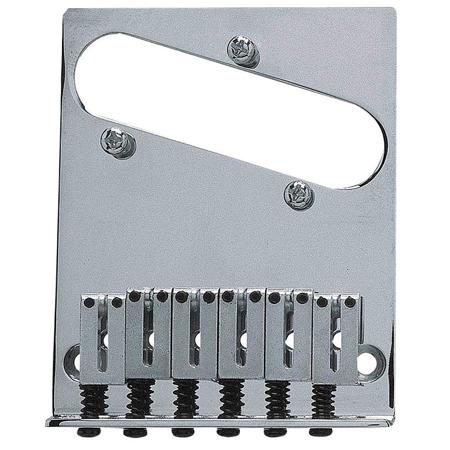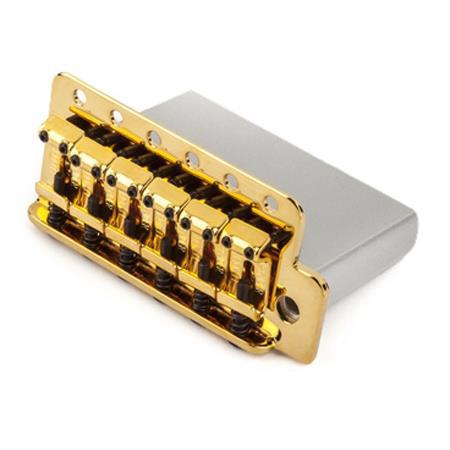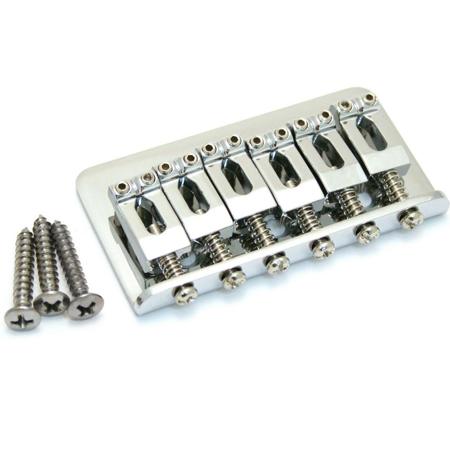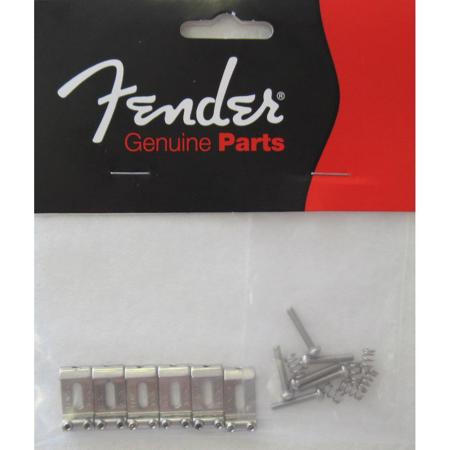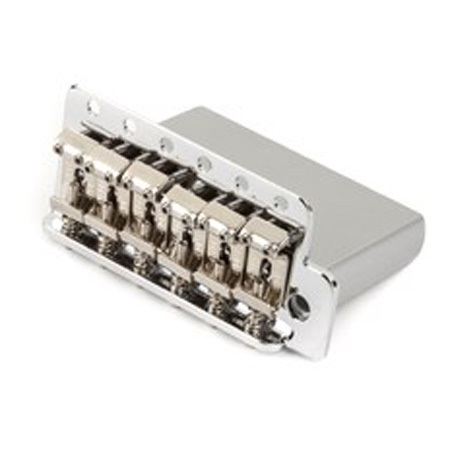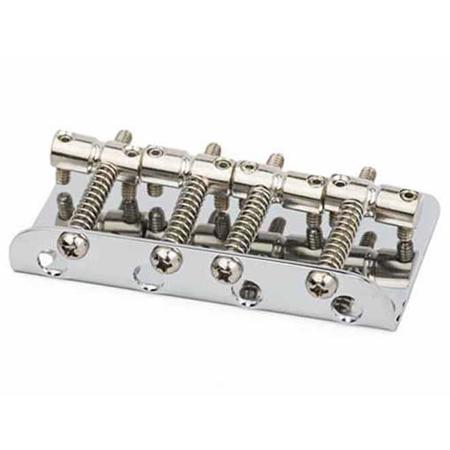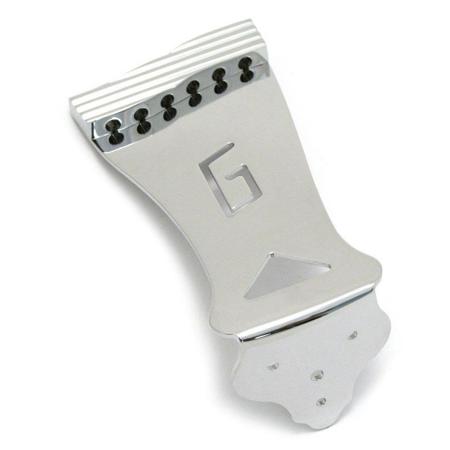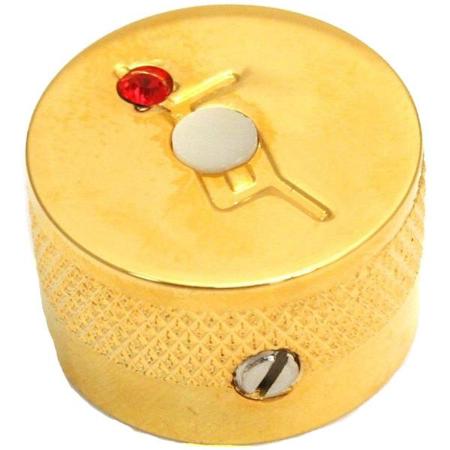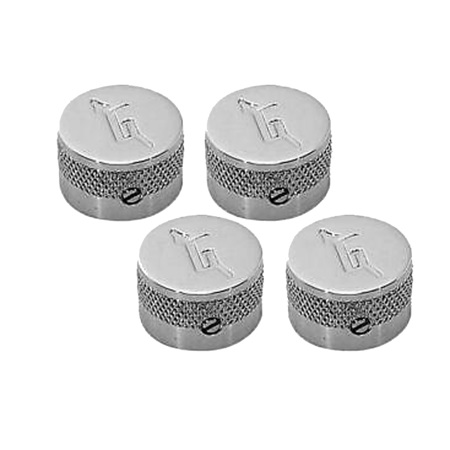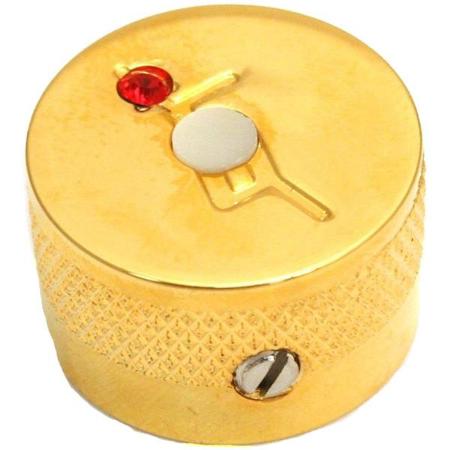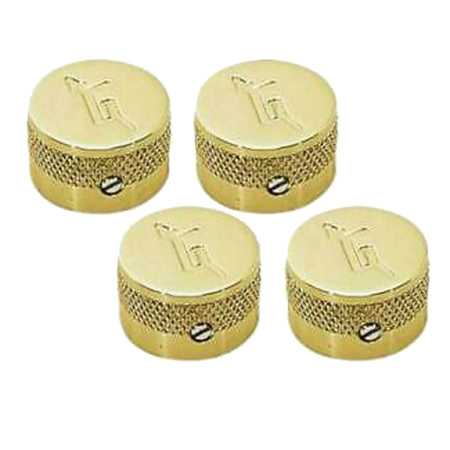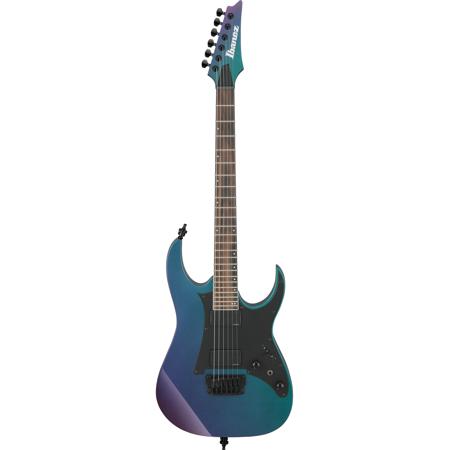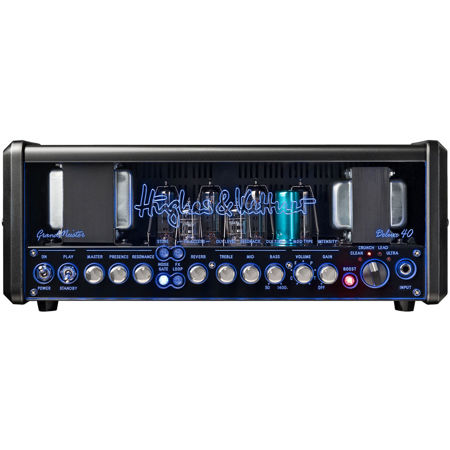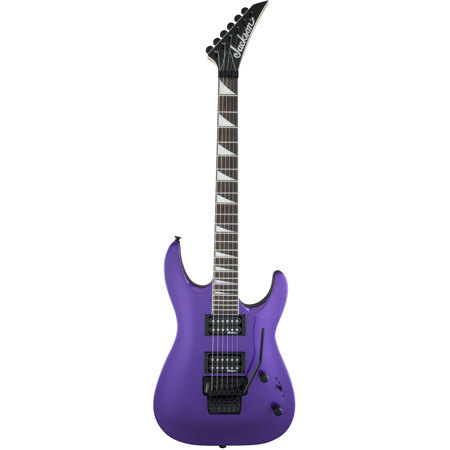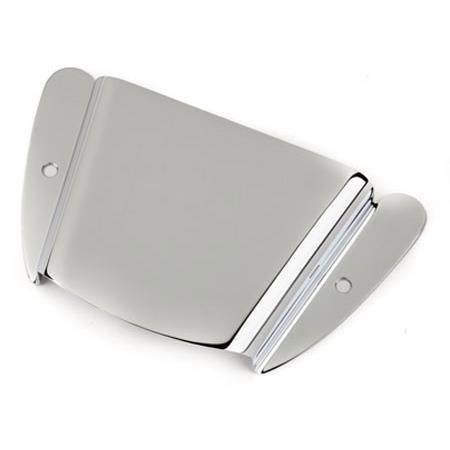Guitar Bridges
When it comes to elevating your guitar’s performance, few components are as pivotal as the bridge. Whether you’re a seasoned player who’s spent countless hours on stage or a passionate hobbyist perfecting your sound at home, the right bridge can transform your instrument’s tone, sustain, and playability. The bridge is the anchor point for your strings, translating every nuance of your playing into the body of the guitar. For electric guitarists, the choice of bridge can mean the difference between smooth, expressive vibrato and rock-solid tuning stability. Acoustic players, meanwhile, rely on the bridge for optimal resonance and projection, ensuring each note rings out with clarity and warmth. As the autumn air grows crisp and the days shorten, many musicians find themselves drawn indoors, taking time to tweak their setups and perhaps even embark on a long-awaited guitar upgrade. The fall season, with its cozy evenings and anticipation of the holidays, is an ideal moment to consider a new bridge—whether as a personal investment or a thoughtful gift for the guitarist in your life.
Selecting a guitar bridge involves a blend of technical understanding and personal preference. Different styles—fixed, tremolo, tune-o-matic, and more—offer unique advantages, and the choice often depends on your musical genre and playing style. Blues and rock players might gravitate toward bridges that allow expressive pitch bends, while jazz and classical guitarists may favor the stability and sustain of a fixed bridge. The material of the bridge, from traditional woods to modern alloys, also plays a significant role in shaping your tone. For those who love customizing their instruments, swapping out a bridge can be a deeply satisfying project, breathing new life into a well-loved guitar or tailoring a new instrument to your exact specifications. If you’re shopping for someone else, a high-quality bridge is a gift that speaks to both their artistry and their appreciation for craftsmanship—something that will be treasured through countless jam sessions and performances. And for players looking to refine the classic sound and feel of a Strat, exploring dedicated options like those found on the Stratocaster Bridges page can open up a world of tonal possibilities.
Beyond the technical details, the bridge is where the tactile experience of playing guitar meets the science of sound. Swapping out a bridge can be as transformative as changing strings or pickups, revealing new textures and dynamics in your playing. Whether you’re aiming for the subtle shimmer of fingerstyle on an acoustic, the gritty punch of a distorted electric, or the smooth sustain of a jazz solo, the bridge is at the heart of your instrument’s voice. Many guitarists recall the first time they upgraded their bridge—the way the guitar seemed to sing a little brighter, the feel of the strings under their fingers just a bit more responsive. It’s these small but meaningful enhancements that keep musicians coming back to their craft, season after season. As you browse the selection, consider not just the technical specs but the kind of musical journey you want to embark on—because the right bridge doesn’t just support your strings, it supports your creativity.
Selecting a guitar bridge involves a blend of technical understanding and personal preference. Different styles—fixed, tremolo, tune-o-matic, and more—offer unique advantages, and the choice often depends on your musical genre and playing style. Blues and rock players might gravitate toward bridges that allow expressive pitch bends, while jazz and classical guitarists may favor the stability and sustain of a fixed bridge. The material of the bridge, from traditional woods to modern alloys, also plays a significant role in shaping your tone. For those who love customizing their instruments, swapping out a bridge can be a deeply satisfying project, breathing new life into a well-loved guitar or tailoring a new instrument to your exact specifications. If you’re shopping for someone else, a high-quality bridge is a gift that speaks to both their artistry and their appreciation for craftsmanship—something that will be treasured through countless jam sessions and performances. And for players looking to refine the classic sound and feel of a Strat, exploring dedicated options like those found on the Stratocaster Bridges page can open up a world of tonal possibilities.
Beyond the technical details, the bridge is where the tactile experience of playing guitar meets the science of sound. Swapping out a bridge can be as transformative as changing strings or pickups, revealing new textures and dynamics in your playing. Whether you’re aiming for the subtle shimmer of fingerstyle on an acoustic, the gritty punch of a distorted electric, or the smooth sustain of a jazz solo, the bridge is at the heart of your instrument’s voice. Many guitarists recall the first time they upgraded their bridge—the way the guitar seemed to sing a little brighter, the feel of the strings under their fingers just a bit more responsive. It’s these small but meaningful enhancements that keep musicians coming back to their craft, season after season. As you browse the selection, consider not just the technical specs but the kind of musical journey you want to embark on—because the right bridge doesn’t just support your strings, it supports your creativity.
